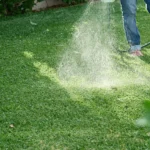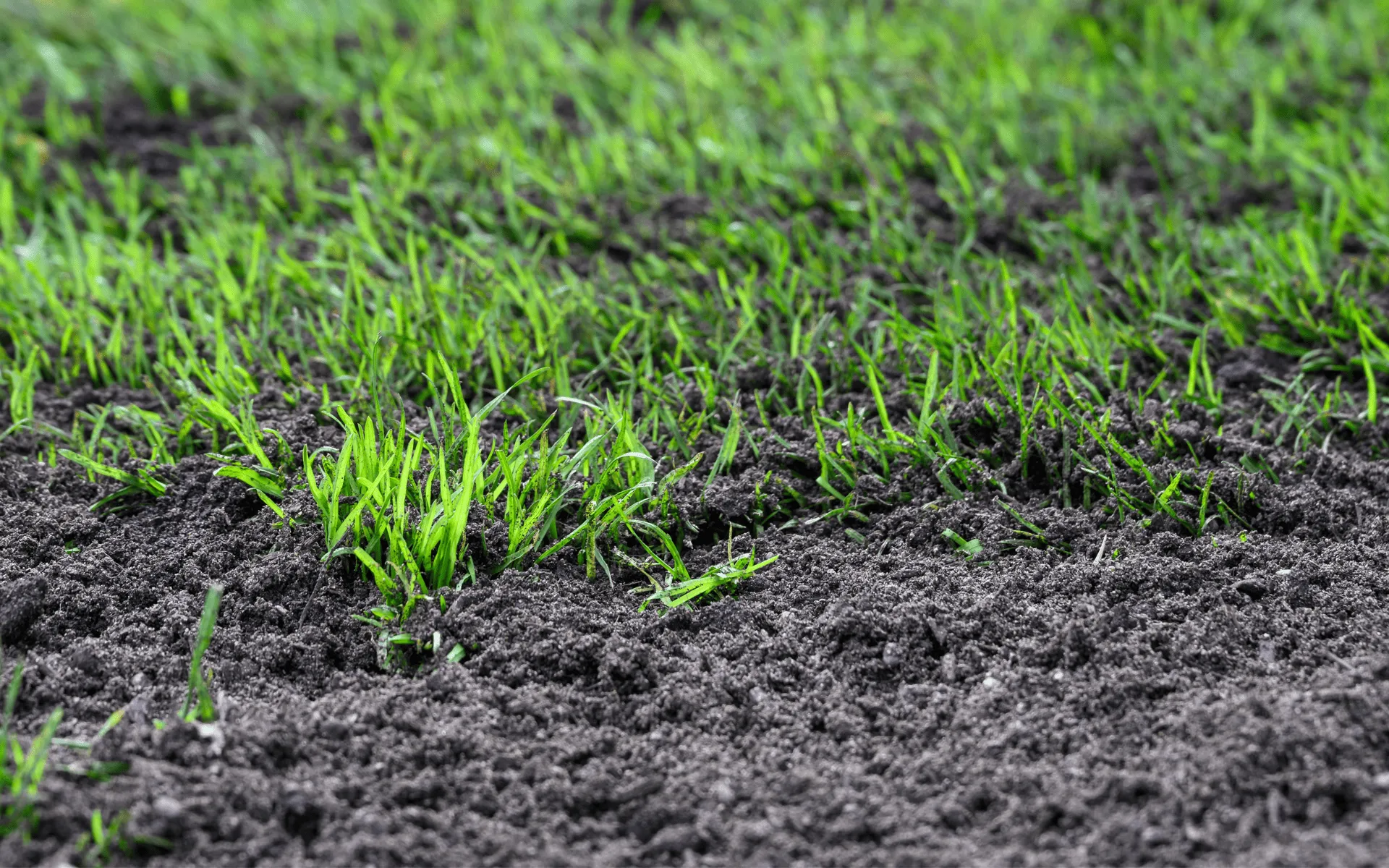Most homeowners expect winter to be the “quiet” season for their gardens. Grass slows down, mowing becomes less frequent, and lawn care seems less urgent. But weeds don’t always play by the same rules. Many species are adapted to cooler conditions, and winter is when they gain the upper hand. These winter-resistant weeds thrive while turfgrass is dormant, quietly spreading until they’re firmly entrenched by the time spring rolls around.
To keep your lawn healthy, you need to recognise that winter isn’t a break — it’s a crucial time to get ahead of weeds before they take control.
Why Some Weeds Outlast the Cold
The key to understanding winter-resistant weeds is knowing they’re survivors. Unlike turfgrass, which conserves energy during the cold months, weeds have evolved to exploit weak points. Some produce seeds that germinate only in cool soil, ensuring minimal competition from summer-active grasses. Others grow deeper root systems, pulling nutrients and water from lower soil layers when shallow turf roots are inactive.
The Role of Winter Conditions in Weed Growth
It’s not just the weeds themselves that make winter tricky — it’s the environment. Winter conditions across Australia vary, but several factors consistently give weeds the upper hand:
- Short daylight hours: Shade-tolerant weeds such as chickweed thrive when lawns get less light.
- Frost pockets: Frost damages turf leaves, leaving small bare patches where weeds can establish.
- Heavy rainfall: Rain collects in low areas, spreading weed seeds and creating damp conditions ideal for growth.
- Slowed grass recovery: Turfgrass struggles to repair itself after wear or damage, while weeds take advantage of open spaces.
Put simply, winter creates an uneven playing field. While your lawn is resting, weeds are quietly working.
Mistakes That Invite Weeds Into Lawns

Many winter weed problems are made worse by simple homeowner mistakes. Here are the most common missteps that allow weeds to take over:
- Leaving autumn leaf litter on the lawn: Thick layers of leaves trap moisture and block sunlight, creating damp, dark conditions where weeds thrive.
- Overwatering in winter: Grass doesn’t need the same amount of water as in summer. Excess irrigation only benefits weeds.
- Skipping aeration before winter: Compacted soil stays that way through the cold months, weakening turf and inviting weed growth.
- Over-fertilising with nitrogen: While turfgrass isn’t actively growing, weeds absorb the nutrients and spread more quickly.
- Ignoring lawn edges: Fence lines, paving cracks, and garden bed borders are often the first points where weeds take hold.
Avoiding these pitfalls is as important as any treatment. Prevention often comes down to better lawn care habits.
Smarter Lawn Care Strategies for Winter
If you want to keep winter-resistant weeds under control, you need strategies that go beyond the basics. These aren’t just about mowing or spraying — they’re about creating conditions that favour your lawn instead of the invaders.
- Create microclimates: Use mulch around trees and garden edges to regulate soil temperature and discourage weed germination.
- Reseed bare patches with temporary cover crops: Fast-growing grasses can act as a placeholder during winter, reducing space for weeds.
- Adjust irrigation schedules: Switch sprinklers off or reduce frequency during wet winter months to avoid waterlogging.
- Soil testing and pH balancing: Many weeds thrive in acidic or imbalanced soil. A simple soil test lets you make corrections before weeds dominate.
- Use slow-release fertilisers designed for winter: Strengthen turf roots without feeding weeds.
These measures not only manage weeds in winter but also set your lawn up for healthier growth in spring.
Manual Weed Control Still Works
Sometimes the simplest approach is the best. Winter rain softens the soil, making it easier to pull weeds out completely. Manual removal is particularly effective for weeds like bindii, which start small but become painful problems by summer.
A small hand weeder or screwdriver helps remove deep-rooted varieties without disturbing surrounding turf. The key is consistency — pulling weeds before they seed breaks the cycle and reduces the population dramatically.
Selective Herbicides: Use Only When Needed

For lawns already overrun with winter weeds, selective herbicides are a practical option. These products target broadleaf weeds and spare most turf species. Applying them in winter is effective because weeds are still actively growing, while grass remains slower.
However, selective herbicides should be used carefully:
- Check compatibility with your lawn type. Buffalo grass in particular is sensitive to some products.
- Apply only on dry, still days to avoid drift.
- Don’t overuse — repeated applications without addressing soil health only lead to long-term reliance.
Herbicides are best thought of as a support, not a shortcut. They should complement better lawn care, not replace it.
Soil Health: The Hidden Weapon Against Weeds
Weeds are opportunists, and unhealthy soil is their playground. Improving soil quality through organic amendments, compost, or gypsum (for clay-heavy lawns) can tip the balance. Healthy soil supports denser turf, which in turn suppresses weed growth.
Topdressing after aeration is another excellent step. It improves soil structure and encourages grass runners to spread into bare patches, leaving fewer gaps for weeds to fill.
Final Thoughts
Winter-resistant weeds are relentless, but they don’t have to take over your lawn. They survive because they exploit weak points, but with smarter lawn care strategies — from soil health to monitoring routines — you can stop them before they spread.
The secret is shifting your mindset. Winter isn’t a season to ignore your lawn, but the season where a little extra effort goes the furthest. By preventing weeds now, you’re not just saving time in spring, you’re protecting the foundation of a healthier, greener lawn all year round.










